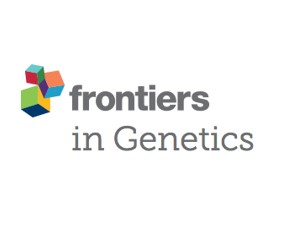Using the community-based breeding program (CBBP) model as a collaborative platform to develop the African Goat Improvement Network - Image collection protocol (AGIN-ICP) with mobile technology for data collection and management of livestock phenotypes
Abstract
Introduction: The African Goat Improvement Network Image Collection Protocol (AGIN-ICP) is an accessible, easy to use, low-cost procedure to collect phenotypic data via digital images. The AGIN-ICP collects images to extract several phenotype measures including health status indicators (anemia status, age, and weight), body measurements, shapes, and coat color and pattern, from digital images taken with standard digital cameras or mobile devices. This strategy is to quickly survey, record, assess, analyze, and store these data for use in a wide variety of production and sampling conditions.
Methods: The work was accomplished as part of the multinational African Goat Improvement Network (AGIN) collaborative and is presented here as a case study in the AGIN collaboration model and working directly with community-based breeding programs (CBBP). It was iteratively developed and tested over 3 years, in 12 countries with over 12,000 images taken.
Results and discussion: The AGIN-ICP development is described, and field implementation and the quality of the resulting images for use in image analysis and phenotypic data extraction are iteratively assessed. Digital body measures were validated using the PreciseEdge Image Segmentation Algorithm (PE-ISA) and software showing strong manual to digital body measure Pearson correlation coefficients of height, length, and girth measures (0.931, 0.943, 0.893) respectively. It is critical to note that while none of the very detailed tasks in the AGIN-ICP described here is difficult, every single one of them is even easier to accidentally omit, and the impact of such a mistake could render a sample image, a sampling day’s images, or even an entire sampling trip’s images difficult or unusable for extracting digital phenotypes. Coupled with tissue sampling and genomic testing, it may be useful in the effort to identify and conserve important animal genetic resources and in CBBP genetic improvement programs by providing reliably measured phenotypes with modest cost. Potential users include farmers, animal husbandry officials, veterinarians, regional government or other public health officials, researchers, and others. Based on these results, a final AGIN-ICP is presented, optimizing the costs, ease, and speed of field implementation of the collection method without compromising the quality of the image data collection.

